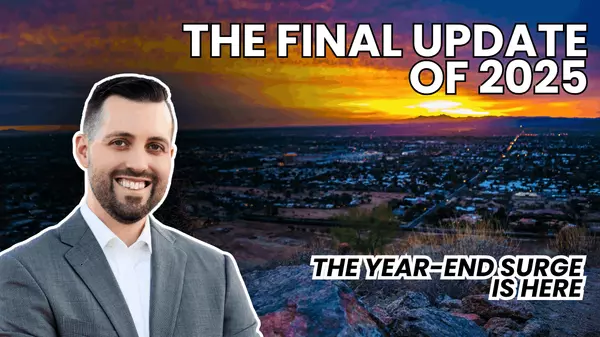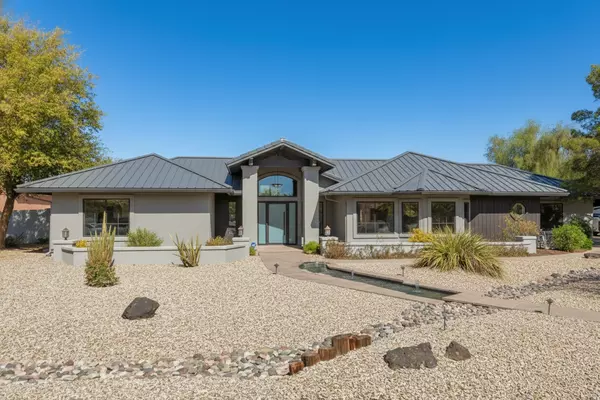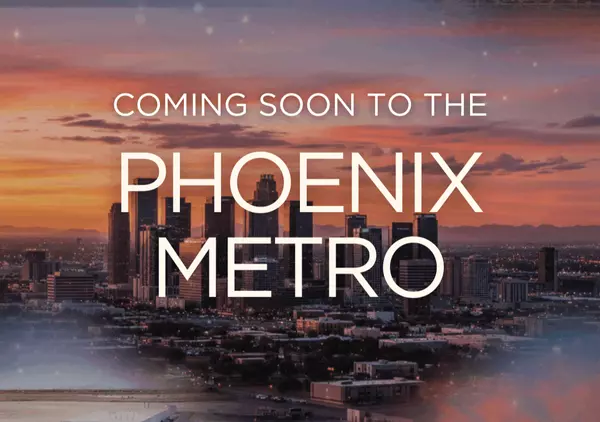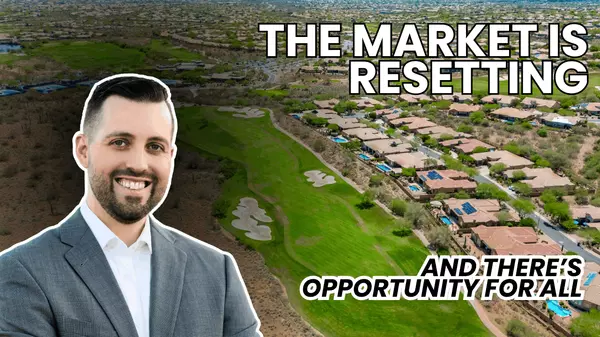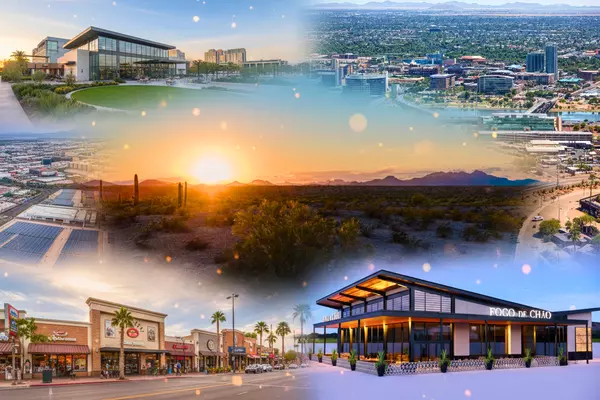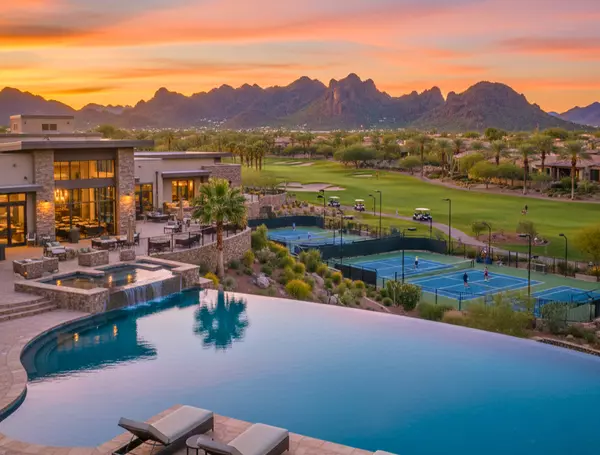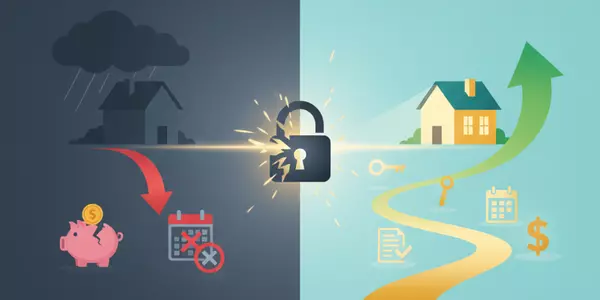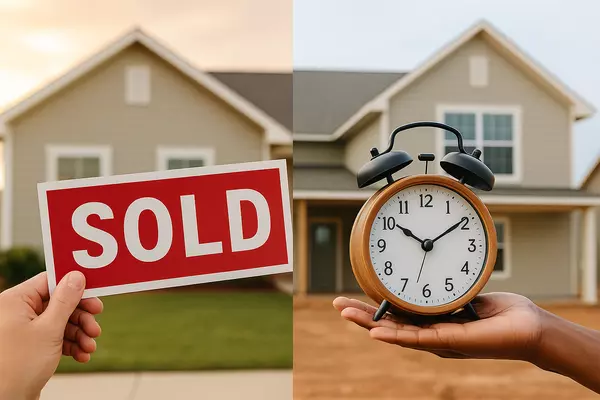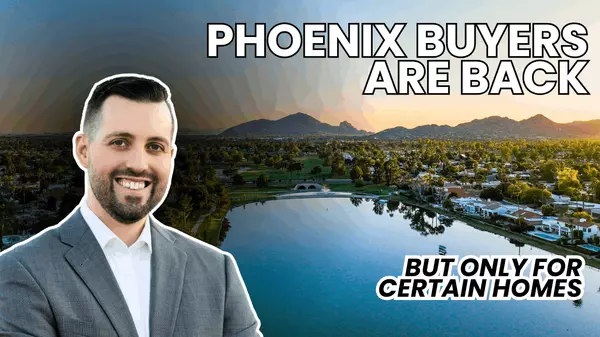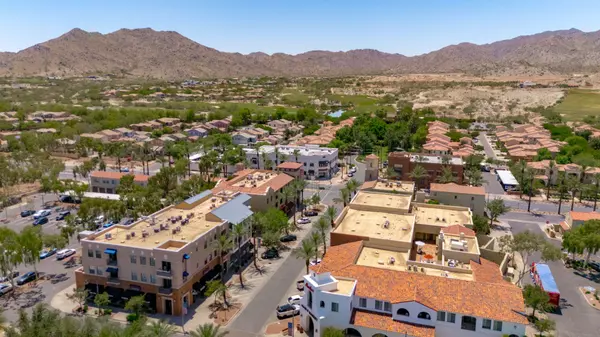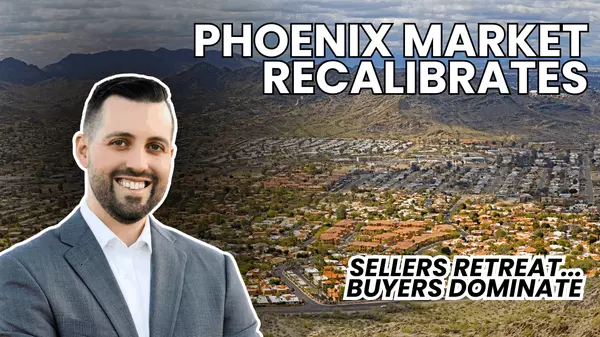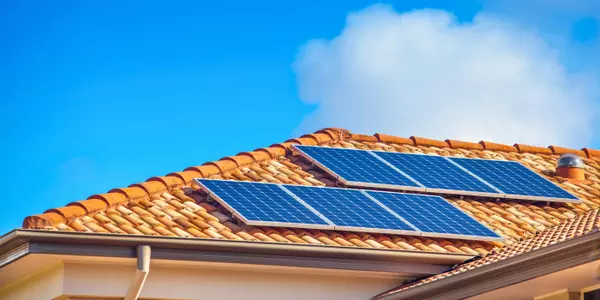THE YEAR-END ADVANTAGE: Why December Is the Most Powerful Time of Year to Buy Real Estate in Phoenix
A comprehensive guide to tax strategy, new construction incentives, resale negotiation power, and the real opportunities behind Phoenix’s year-end market surge. 📌 Table of Contents Why Year-End Is the Strongest Window of the Year Builder Incentives: Why December Is Their Most Aggressive Month Resal
Phoenix Housing Market Update 2025: Year-End Surge, Falling Payments, and What Buyers & Sellers Need to Know
**Inside the Final Chapter of Phoenix Real Estate in 2025** (Prefer to listen instead? Catch the full breakdown on the latest episode of The House of Ravenscroft Podcast.) As 2025 winds down, the Greater Phoenix real estate market is entering one of its most active—and most strategic—phases of the y
Rare Phoenix Basement Home on an Acre in Glendale’s Saddleback Foothills — STR-Friendly With High Revenue Potential
Basement homes are among the rarest property types in the Phoenix Metro, representing only a tiny percentage of available housing each year. When they do become available—especially on acre lots, in foothill communities, and near major job corridors—they attract attention from buyers, investors, and
Phoenix Metro Growth 2026: Major Developments, Housing Expansion & Real Estate Market Outlook
The Greater Phoenix Metro is one of the fastest-evolving regions in the country, but what’s happening right now across the Valley goes beyond typical development cycles. A convergence of new restaurants, tech expansions, manufacturing projects, energy infrastructure, and large-scale housing growth i
The 50-Year Mortgage Debate: Smart Innovation or Bad Idea? What Buyers Must Know About Portable Mortgages & Affordability
There’s been a lot of noise lately about two concepts that are shaking up the housing world:the 50-year mortgage andthe portable mortgage. Depending on which headline you follow, these ideas are either: 👉 “The end of responsible homeownership,”or👉 “The solution to America’s affordability crisis.”
The Truth About Phoenix Real Estate: Myths, Misconceptions, and What Buyers & Sellers Need to Know As We Near the End of 2025
The Phoenix Metro has become one of the most influential and closely watched real estate markets in the country. With rapid population growth, major corporate relocations, rising new construction, and national attention on Arizona’s affordability, it’s no surprise that Phoenix attracts both new resi
Why Planning for 2026 Could Be the Most Important Financial Move You Make
Most people wait until January to think about planning. But by then, opportunity has already passed them by. The truth is, the most successful homeowners, investors, and professionals don’t just react to changes — they anticipate them. And with 2026 bringing new tax laws, market shifts, and investme
Right Now’s the Time to Buy in Phoenix: Here’s Why the Market Favors You
After years of red-hot demand and limited inventory, the Phoenix Metro real estate market has shifted. The balance of power has quietly tilted back toward buyers. For those who’ve been waiting for the right time to make a move—whether that’s a primary residence, a second home, or an investment prope
Phoenix Real Estate Market 2025: Big Money Moves, Luxury Surges, and What’s Coming Next
The Greater Phoenix real estate market is heading into the final stretch of 2025 with big shifts happening all at once. Luxury buyers are flooding in, Canadian sellers are quietly cashing out, builders are changing strategies, and mortgage rates continue to throw everyone curveballs. If that sounds
What’s Coming to the Phoenix Metro in 2025: The Biggest Developments Shaping Arizona’s Future
A Transformative Year for Greater Phoenix As of 2025, the Greater Phoenix Metro continues to lead the nation in population and job growth. From massive industrial corridors to lifestyle destinations and luxury mixed-use communities, the Valley’s skyline and economy are evolving in every direction. B
How to Retire Years Sooner: Relocation & 72(t) Strategies That Make Your Money Go Farther
Rethinking Retirement The average retirement age in America keeps creeping higher — yet the cost of living in many states is skyrocketing. That math doesn’t work if your goal is freedom, not just survival. The good news? Relocating to a lower-cost city in Arizona, combined with a 72(t) income strate
Mortgage Relief Options in Arizona: How Homeowners Can Avoid Foreclosure and Protect Their Future
Rising foreclosures and increasing layoffs are creating new challenges for homeowners across the country and the Phoenix Metro is no exception. If you’re struggling to make your mortgage payment, you’re not alone. Many homeowners purchased in the last few years at higher prices or higher interest ra
Should You Sell Your Home Now or Wait? A Strategic Guide for Today’s Market
Selling your home in today’s real estate market can feel like solving a puzzle while the pieces keep shifting. Mortgage rates, buyer demand, and market sentiment are all moving targets — and for many sellers, the fear of making a wrong move can be paralyzing. But here’s the truth: you don’t need per
Phoenix Housing Market September 2025: Rates, Prices, and Real Estate Trends to Know
The Greater Phoenix housing market is shifting once again. September 2025 is bringing a mix of optimism and caution: lower mortgage rates, selective buyers, changing builder incentives, and economic signals that could shape demand in the months ahead. If you’re buying, selling, or just watching Ariz
Best Affordable Neighborhoods in Phoenix 2025: Where to Buy for Value and Growth
Looking for affordable neighborhoods in Phoenix in 2025? This guide highlights the top communities offering value and growth, from Buckeye and Surprise to Litchfield Park. Learn where new construction incentives, resale opportunities, and strong lifestyle amenities create the best options for buyers
Phoenix Housing Market Update – July 2025: Buyers Take the Lead as Sellers Step Back
The Greater Phoenix housing market continued its steady rebalancing through July 2025. Prices are softening, inventory is adjusting, and buyers are in one of the strongest positions we’ve seen in years. But this is not 2008, and it’s not a crash. It’s a recalibration — driven by affordability, inter
Bonus Depreciation for Real Estate in 2025: The Ultimate Guide for Investors, Agents, and High-Income Earners
Bonus depreciation is back at 100% for qualifying real estate — and it's one of the most powerful tax strategies investors, real estate professionals, and W-2 earners can use to reduce their tax liability and build long-term wealth. With recent tax law changes set to take effect in 2025, now is the
Is Solar Worth It in Arizona? Why Homeowners Should Think Twice Before Installing Panels
In a state blessed with over 300 sunny days a year, installing solar panels seems like a no-brainer. But the math—and the market—tell a different story. For Arizona homeowners, solar isn’t just about cutting electric bills. It’s a financial decision that impacts resale value, long-term flexibility,
Selling in a Tough Market? Smarter Strategies for Homeowners in 2025
In a recent MarketWatch article, I shared insights into a rising trend in the Arizona real estate market: more and more sellers are pulling their listings rather than reducing prices further. Just days after the article was published, I began receiving messages from homeowners asking: “If I don’t wa
Phoenix Housing Market June 2025: Home Prices Slip as Buyers Gain Power
Prices Drop, Builders Offer Big Incentives, and Buyers Take Control The Greater Phoenix real estate market continued its steady correction in June 2025. While this isn’t a crash, there’s no denying the shift: home prices are trending down, buyer leverage is rising, and sellers are adjusting—some by

Eric Ravenscroft, CRS
Phone:+1(480) 269-5858
Leave a Message
REQUEST A TOPIC TO BE PUBLISHED


